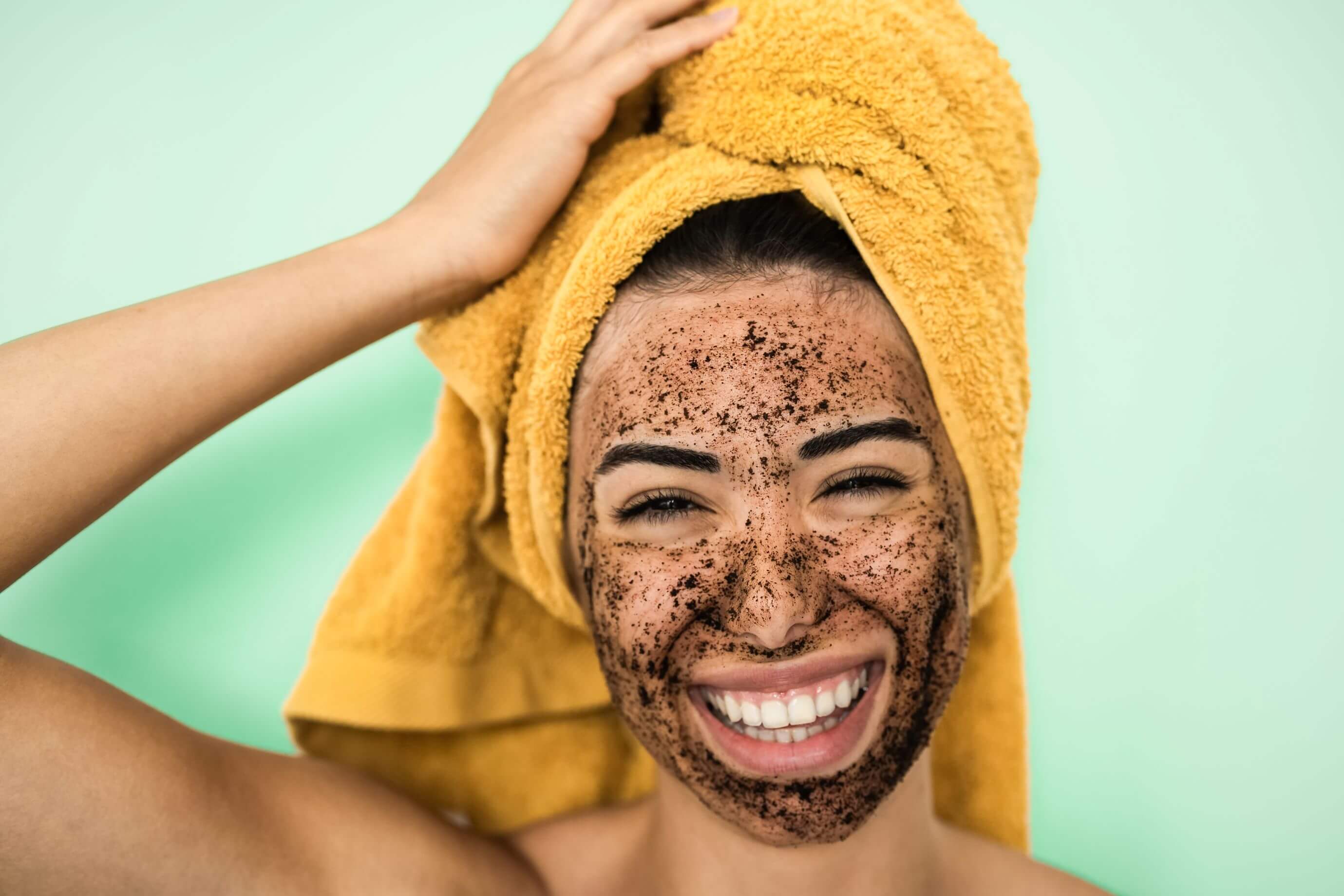Exfoliation is a key step in any skincare routine, helping to remove dead skin cells, unclog pores, and reveal a fresh, radiant complexion. However, exfoliating your skin needs to be done with care to avoid irritation or damage. In this article, we’ll explore X safe ways to exfoliate your skin, so you can enjoy the benefits of this skincare step without any worries. From gentle physical exfoliants to chemical exfoliators, we’ve got you covered with a variety of options suitable for different skin types.
-
Choose the Right Exfoliant for Your Skin Type
When it comes to exfoliation, one size does not fit all. Different skin types have different needs, so it’s essential to choose an exfoliant that suits your specific concerns. If you have sensitive skin, opt for a gentle exfoliator with fine particles or enzymes. For oily or acne-prone skin, look for exfoliants with salicylic acid to help unclog pores and reduce breakouts. Dry skin can benefit from exfoliants with moisturizing ingredients like glycerin or hyaluronic acid.
-
Physical Exfoliants: Be Gentle with Scrubs

Physical exfoliants, like scrubs with tiny grains or beads, can be effective in removing dead skin cells, but they can also be abrasive if not used carefully. When using a physical exfoliant, be gentle and avoid harsh scrubbing. Massage the scrub in small, circular motions and rinse thoroughly with lukewarm water.
-
Chemical Exfoliators: Alpha and Beta Hydroxy Acids
Chemical exfoliators are another effective way to exfoliate your skin, using alpha hydroxy acids (AHAs) or beta hydroxy acids (BHAs) to dissolve dead skin cells and unclog pores. AHAs, like glycolic acid and lactic acid, work on the skin’s surface, while BHAs, like salicylic acid, penetrate deeper into the pores. If you’re new to chemical exfoliants, start with a lower concentration and gradually increase as your skin builds tolerance.
-
Enzyme Exfoliators: Nature’s Helpers
Enzyme exfoliators are a gentle and natural option for exfoliating your skin. They work by breaking down dead skin cells using enzymes derived from fruits like papaya, pineapple, or pumpkin. Enzyme exfoliators are particularly suitable for sensitive skin types as they offer a milder exfoliation without the need for physical scrubbing.
-
Exfoliating Pads or Cloths: Convenience and Control

Exfoliating pads or cloths are pre-soaked with exfoliating solutions and offer a convenient way to exfoliate your skin. They come in various formulations, making it easy to find one that suits your skin type and concerns. Using exfoliating pads or cloths also gives you better control over the pressure and intensity of exfoliation.
-
Frequency Matters: Don’t Overdo It
Exfoliation is beneficial, but more is not always better. Over-exfoliating your skin can lead to irritation, sensitivity, and even damage. How often you should exfoliate depends on your skin type and the exfoliating product you use. Generally, 2-3 times a week is sufficient for most skin types. However, if you have sensitive skin, once a week might be enough.
-
Avoid Exfoliating Active Acne or Irritated Skin
When you have active acne or any other skin irritation, it’s best to avoid exfoliating that area. Exfoliating over active acne can worsen inflammation and spread bacteria. Instead, focus on gentle cleansing and spot treatments until the acne or irritation has subsided.
-
Patch Test New Products

Before incorporating a new exfoliating product into your routine, it’s essential to do a patch test. Apply a small amount of the product to a discreet area of your skin and wait for 24 hours to check for any adverse reactions. If you experience redness, itching, or irritation, avoid using the product on your face.
-
Sun Protection: A Must After Exfoliation
Exfoliating your skin increases its sensitivity to the sun, so it’s crucial to apply sunscreen after exfoliation. Sunscreen not only protects your skin from harmful UV rays but also prevents further damage and premature aging.
-
Follow with Hydration: Locking in Moisture
After exfoliating, follow up with a hydrating moisturizer to lock in moisture and soothe your skin. Hydration is essential to maintain a healthy skin barrier and promote a smooth complexion.
-
Listen to Your Skin

Above all, listen to your skin. Pay attention to how your skin responds to exfoliation and adjust your routine accordingly. If you notice any signs of irritation or redness, reduce the frequency of exfoliation or switch to a milder product.
Incorporating safe exfoliation into your skincare routine can help you achieve a radiant and smooth complexion. Choose the right exfoliant for your skin type, be gentle with physical exfoliants, try chemical or enzyme exfoliators for a more gentle approach, and remember not to overdo it. By adopting these safe exfoliation habits, you can enjoy the benefits of exfoliation while keeping your skin happy and healthy.






Leave A Comment